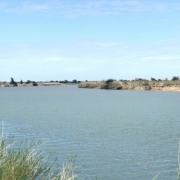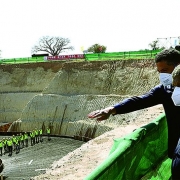Structural works to combat the effects of drought in southern Angola
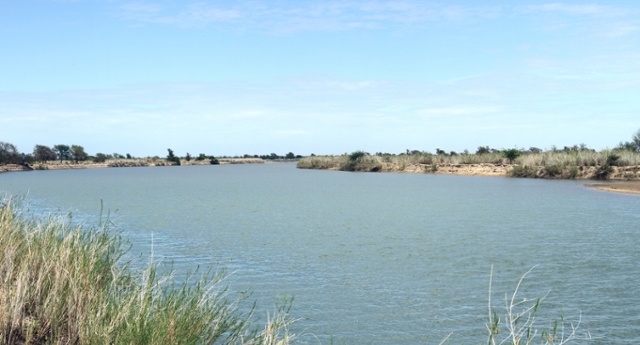
1-Introduction: characterization of the water catchment construction project on the Cunene River
It has been our concern to seek concrete answers to specific problems, in addition to the intense rhetoric in pre-election periods. In this case, one of the topics that interests us is the drought in southern Angola. As we mentioned in a report from last November[1], we follow the works in progress related to the Drought. One of them is almost ready to be inaugurated and operational. It is about that project we give an account in this document.
This report focuses on the execution of the Structuring Works to Combat Drought, specifically the design and construction of a catchment on the Cunene River and the construction of pipelines to the localities of Cuamato, Namacunde and Ndombondola.
This project has 2 Lots:
• LOT 1 – Design and Construction of Intake on the Cunene River, Pumping System, Pressurized Duct, Open Channel from Cafú to Cuamato and 10 Chimpacas (water reservoirs);
• LOT 2 – Design and Construction of Adductor Channel from Ombala – Cuamato to Ndombondola, Adductor Channel from Cuamato to Namacunde and 20 Chimpacas.
Regarding Lot 1, the General Contractor is SINOHYDRO Corporation Limited, a limited company incorporated in 2011 in Luanda whose property is held by Chinese companies. The supervision is carried out by the Consortium GWIC – Angola, S.A / SINTEC – Consultoria de Engenharia, Lda. As for Lot 2, the responsible entity is the same, except for inspection; in this case the responsible entity is TRIEDE Angola, Lda. A prestigious company from Portugal.
The deadline for the project conclusion points to the end of March 2022. Therefore, a very brief opening is expected.
The value of the two works reaches 140 million US dollars.
Fig. 1: Lots 1 and 2 of the Project (Cunene Province, Angola)

2- Projects explanation
Lot 1 comprises the water transfer works from the Cunene River, in the Cafu section, to the localities of Cuamato, and is based on the construction of the water intake, pumping station, pressurized pipelines, feeder channels and associated facilities.
The Project consists of the following main elements:
• Intake from the Cunene river bed, including the water intake structure, floodgates, grates and other associated equipment;
• Pumping Station with a capacity of 2 m3/s;
• The Pumping Station will be equipped with two active pumps and one backup pump in the first phase. The pumps will be turbine-type, vertical, with a nominal capacity of 1 m3/s;
• Gravity channel coated to receive 6 m3/s. The length of the channel is 46.54 kilometers with connection to the reservoir, considering the alignment that minimizes earth movements;
• A North-South alignment was established from Cafu to the Ombala-Io-Mungo region. In the end, the gravity channel will be divided into two branches, serving the localities of Namacunde and Ndombondola.
Fig. 2: General Conductor Channel | Manual cladding with concrete class C20/25, 35 km, 1 front km (45,954)
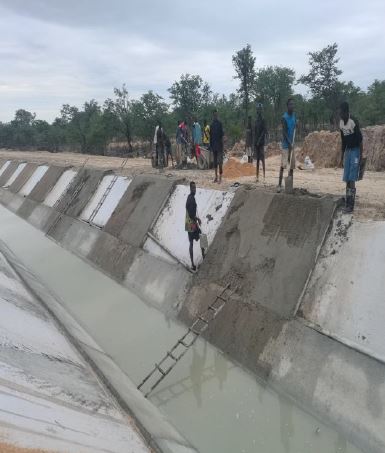
Fig. 3: Chimpacas | State of the Chimpaca

In turn, Lot 2 comprises the works of the following channels, which derive from the Bypass Structure (BS) of flows from the General Conductor Channel (GCC):
• West Conductor Channel – WCC (Cuamato / Ndombondola), with a length of around 53.04 kilometres;
• East Conductor Channel – ECC (Cuamato / Namacunde), with a length of about 53.11 kilometres.
Fig. 4: East Adductor Channel (EAC)
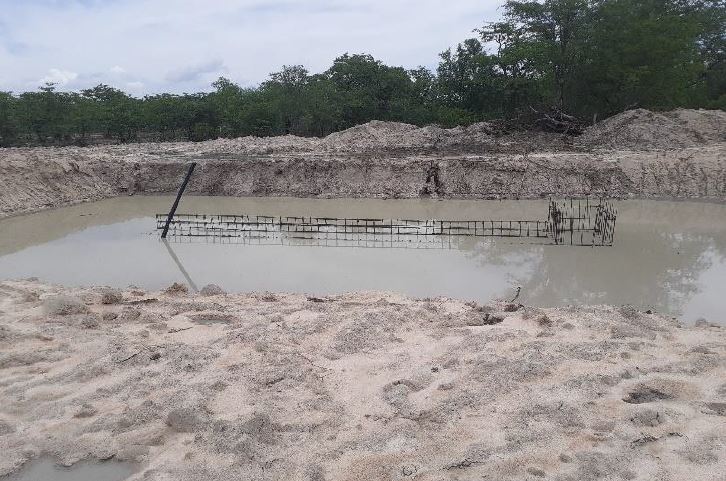
Fig. 5: Placing the fence on the Chimpacas of the East and West channels
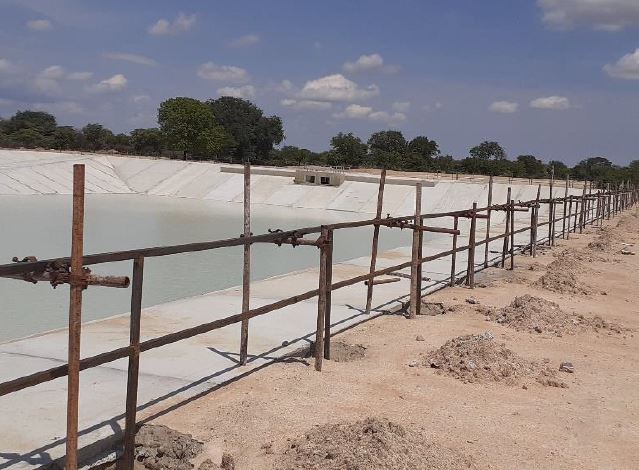
3-Delays, advances and resources used
Due to several constraints that occurred in 2021, such as lack of diesel in the south of Angola, water for concrete production and respective curing, cement at work, and rainfall, the completion of the work slipped a little, since completion was initially scheduled for February. Now the completion date is for the end of March (maybe early April).
A total of 1250 workers (Lot 1 – 417; Lot 2 – 833) were assigned to the works, 162 (Lot 1 – 70; Lot 2 – 92) of Chinese nationality and 1088 (Lot 1 – 347; Lot 2 – 741) of Angolan nationality. Equipment is allocated to the works, in a total of 388 units, of which 135 in Lot 1 and 243 units in Lot 2.
4-Benefits for the population
The project, as presented above, consists of the construction of the water transfer system for the Cunene River, from the locality of Cafu to the Chanas region in the province of Cunene, in Angola. The interventions are included in a total investment of more than €140 million made by the government to deal with long periods of drought that dramatically affect people and animals.
The aim is to create the right conditions for the development of agriculture and livestock, increasing resilience to climate change in this practically deserted region of southern Angola, subject to frequent prolonged droughts, benefiting hundreds of thousands of inhabitants and livestock, as well as providing water for irrigation in an area estimated at 5,000 hectares.
The project is expected to benefit approximately 200,000 inhabitants and 250,000 head of cattle. It should be noted that Cunene has about 900 thousand inhabitants, therefore more than 20% of the population is covered by this work.
[1] https://www.cedesa.pt/2021/11/16/o-combate-estrutural-a-seca-no-sul-de-angola-o-caso-do-cunene/
